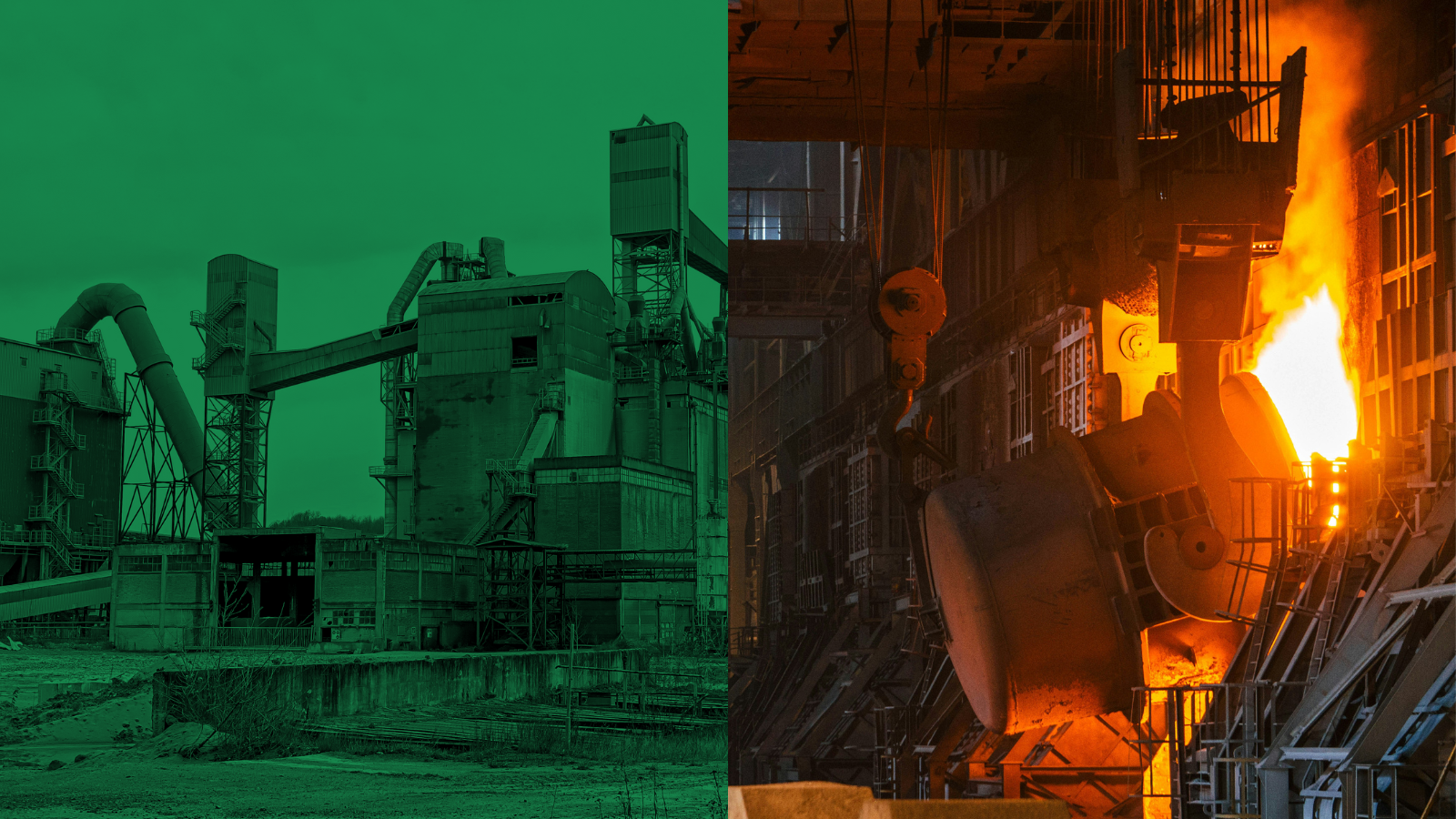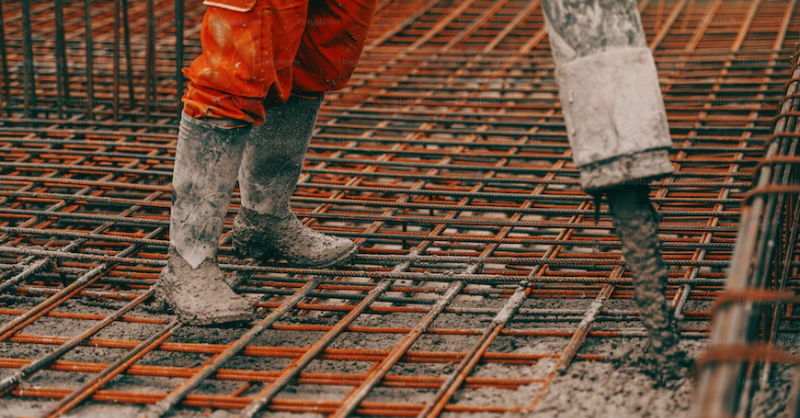
Decarbonised cement - are we getting closer?
And sorry - the short answer is not really. But we can make progress faster than we might think, just by spreading current best practice
A recent report from the fine folk at the World Benchmarking Alliance (2023 Heavy Industries Insight Report) looked at progress in decarbonising heavy industry. One important sector here is cement - what many non engineers call concrete.
One important message we took from the report was 'just' spreading current best practice across the cement industry would make a massive difference.
So, what does best practice look like ?
Its free to become a member ... just click on the link at the bottom of this blog or the subscribe button. Members get a summary of our weekly posts, including What Caught Our Eye and Sunday Brunch, delivered straight to your inbox. Never miss another blog post !
Waking the giants
The title of the recent World Benchmark Alliance report is apt. Implementing lower carbon solutions for heavy industry, in a financially viable manner, is one of the main challenges we face. And heavy industry is a giant when it comes to global GHG emissions.

Just looking at cement production, according to The World Benchmark Alliance this is an industry that currently emits c. 7 percent of global CO2 emissions. And we are going to need more cement not less, as the use of concrete in our buildings and infrastructure increases.
If you want to understand why cement production generates so much GHG emissions, you can read of a longer blog we wrote back in May 2023: Green Cement - there are solutions.

This highlighted a couple of points. First, there is unlikely to be a single 'silver bullet' that de-carbonises cement production. And second, there are a lot of things we can already do, using already proven technology. They will not totally fix the challenge, but they will make a good start. And given the importance of sector emissions in the global total, a good start is something worth having.
What could good practice already deliver?
For the report the World Benchmarking Alliance calculated an Accelerate Climate Transition (ACT) assessment for each company. Only 8 cement companies achieved an ACT score above 30/60, and the sector average was 20.5/60. Not great.
BUT they estimated that a synthetic score made up of all of the best practices that are already being used would achieve a potential score of 54/60.
A material improvement and one worth delivering. And one that doesn't need us to take massive technological risk.
What might best practice look like?
There have been many reports written on this. The World Benchmarking Alliance uses the IEA analysis but the one I like, for its detail and its realism, is one from the Institute of Civil Engineers.
They have seven actions that they see as essential if we are to get cement to net zero by 2050. Note that these exclude the use of alternatives to fossil fuels as an energy source.
- Reporting & benchmarking - to assist clients in knowing what products are actually low carbon, and what are not. Plus to encourage innovation. But this is only the beginning, reporting on its own is nowhere near enough.
- Knowledge transfer - this sounds obvious, but research has shown that especially in rapidly industrialising countries, most concrete is produced at small scale, by people with limited technical knowledge.
- Better design - we can use less cement, but we need to start with the product design stage.
- Supply & procurement - if clients don't specify low carbon concrete, we will not scale up fast enough. And from here we start to get into the technology solutions.
- Optimising's existing solutions - such as the use of fly ash and Ground Granulated Blast Furnace Slag (GGBS), and ...
- Adapt new (known) material technologies - such as the use of cementitious clay materials, known as Supplementary Cementing Materials (SCM) as replacements for the limestone in traditional Portland Cement.
- And finally Carbon Capture - this is probably the most controversial technology, in part because it's associated in many peoples minds with efforts to keep using fossil fuels.
If we park number 7 for another day, something leapt out at me. These are all things we could do now. Some are harder than others, but the first four are fairly straightforward. Make sure clients known about what lower carbon cement can do, better design (as an ex engineer, one of my favourites), and better procurement.
And then start rolling out known technologies. Not a trivial task as it will involve some process redesign and some investment, but nothing ground breaking and risky.
And on carbon capture, the challenge in making traditional Portland Cement isn't using fossil fuels as a heating source, its the CO2 that is emitted as part of the chemical reaction as the limestone is broken down. This technology is still at a pilot stage, but we need to have an informed debate about its long term role.
In future blogs I will dig down into some of the existing technologies that we need to roll out - not only will they help our planet, but they could make great investment opportunities.

Please read: important legal stuff.




